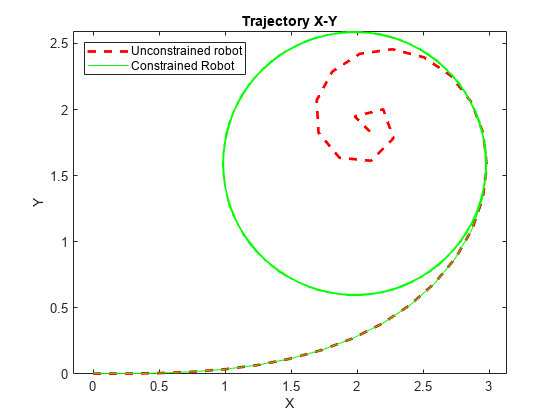ackermannKinematics
乗用車型ステアリング ビークル モデル
説明
ackermannKinematics はアッカーマン ステアリングを使用する乗用車型ビークル モデルを作成します。このモデルは、距離 WheelBase だけ離れた 2 本の車軸をもつビークルを表します。ビークルの状態は、4 要素ベクトル [x y theta psi] として定義され、グローバルの xy 位置をメートル単位で指定します。xy 位置は、後車軸の中心にあります。ビークルの向き theta とステアリング角度 psi はラジアン単位で指定されます。ビークルの向きは後車軸の中心で定義されます。角度はラジアン単位で指定されます。モデルの時間微分状態を計算するには、入力ステアリング コマンドと現在のロボットの状態を指定して、関数 derivative を使用します。

作成
説明
kinematicModel = ackermannKinematics
kinematicModel = ackermannKinematics(Name,Value)
プロパティ
オブジェクト関数
derivative | ビークルの状態の時間微分 |
例
参照
[1] Lynch, Kevin M., and Frank C. Park. Modern Robotics: Mechanics, Planning, and Control 1st ed. Cambridge, MA: Cambridge University Press, 2017.
